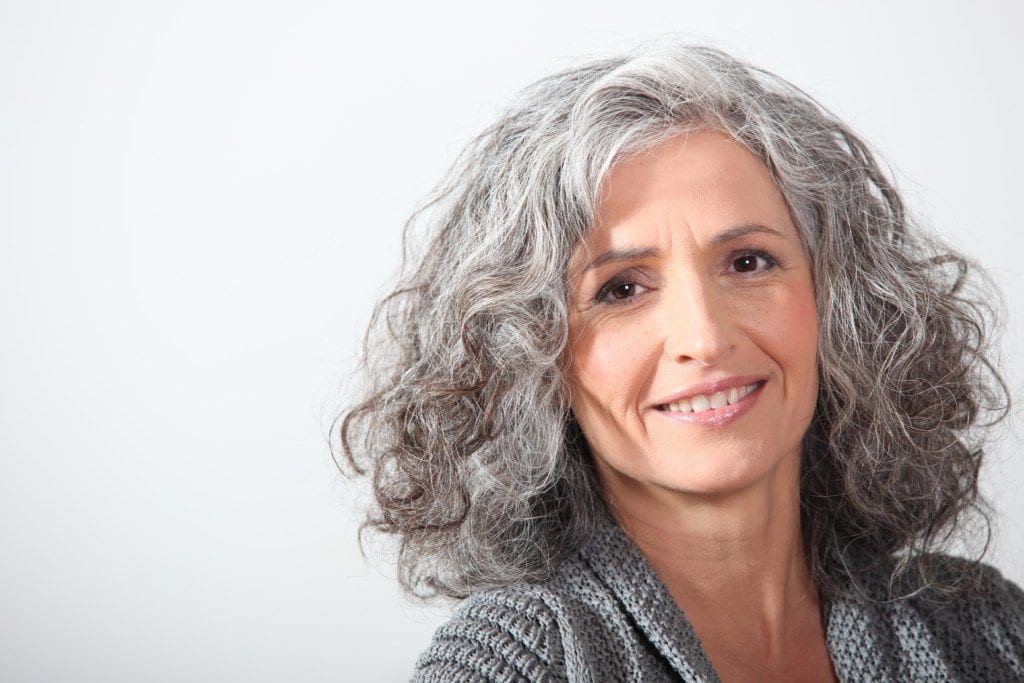You know that menopause increases LDL cholesterol, but find out what bioidentical hormone replacement therapy can do.
The rise in LDL (bad) cholesterol, as a result of menopause, is significant for some women.
“The loss of testosterone production in menopause reduces the output of an enzyme produced in the liver called lipoprotein lipase which directly controls LDL levels,” explains Dr. Gino Tutera, an OB/GYN and specialist in bioidentical hormone replacement therapy.
Yes, women do produce testosterone — but much less than do men.
“The lower the testosterone production, the lower the amount of that enzyme, which causes the elevation of LDL in a short period of time.”
Without lipoprotein lipase in normal amounts, diet and exercise won’t do much for controlling LDL cholesterol, says Dr. Tutera.
Can a woman lower LDL cholesterol that jumped from menopause?
“The use of bioidentical testosterone and estradiol, when delivered by subcutaneous pellets, allows for continuous release of the hormones under the body’s control, and re-establishes the cardiovascular protection by elevating HDL and lowering LDL,” explains Dr. Tutera. HDL is the good cholesterol, so you want this to get higher.
What about cancer?
“There is no evidence that bioidentical hormone replacement therapy increases the risk of breast cancer,” says Dr. Tutera.
“In fact a Dr. Davelaar published a 20 year study that showed women using pellets containing bioidentical estradiol had no increased [chance] of developing breast cancer compared to women not using any estrogen whatsoever.”
Dr. Tutera adds that testosterone tends to inhibit multiplication of breast tissue cells, and this reduces development of cysts and nodules.
A woman who’s LDL is higher than it should be, whether she’s menopausal, postmenopausal or younger, should discuss additional options with her doctor about lowering this number.
Dr. Tutera initially specialized in obstetrics and gynecology and then moved on to treating hormonal imbalances in women. He passed away in 2015.
initially specialized in obstetrics and gynecology and then moved on to treating hormonal imbalances in women. He passed away in 2015.
 Lorra Garrick has been covering medical, fitness and cybersecurity topics for many years, having written thousands of articles for print magazines and websites, including as a ghostwriter. She’s also a former ACE-certified personal trainer.
Lorra Garrick has been covering medical, fitness and cybersecurity topics for many years, having written thousands of articles for print magazines and websites, including as a ghostwriter. She’s also a former ACE-certified personal trainer.
Top image: Shutterstock/Phovoir
This content was originally published here.








